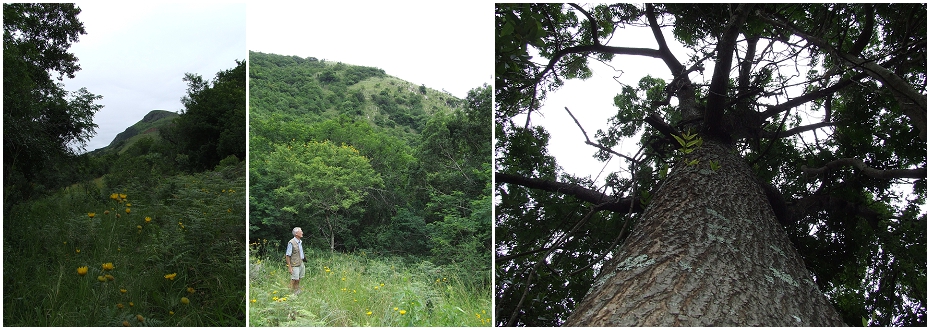PRICE : R 6 300 000 – Full title, serviced land; Including VAT and transfer costs
Picture a leafy glade with bubbling streams and sunbeams lighting ferns and moss. Butterflies dance above grasses, birds call from dense Waterberry and Wild Plum trees.
Escape to a deeper reality of texture and detail. There is turned earth where bush pigs root for bulbs, and the liquid call of a sombre bulbul. Examine the elegant Bladdernut, the patterns on Matumi bark or the extravagant ferocity of Thorny-rope.
Walking south reveals a different world. Grassland flowers jostle grass seeds, zebra and wildebeest graze and cisticolas celebrate the sun.

Two Streams site is located in riverine forest at the junction of two headwater streams, the most westerly tributaries of Hyslop’s Creek. The stream flows easterly and the building footprint slopes gently north, extending across the water into shaded forest understorey. The site which has been lightly cleared of scrub backs into drier Acacia thicket at the foot of steeply rising ground, grading abruptly into grassland after about twenty metres. Across the stream immediately to the west, there is a strip of open grassland, from which a view of the towering Saddleback Range looms impressively.

The building footprint follows the curve of the stream bank, lined by large Wild Plum, Waterberry and Matumi trees. These are the dominant canopy species along the riverine strip. The outlook from the building site is typical Barberton scarp forest, with tangled Dalbergia armata (Thorny rope) forbidding easy access from all sides. Extensive forest stretches up the slope north of the site, the home of bush pig and red duiker, a wealth of birds, butterflies and other fauna. Birdsong is a constant and soothing companion in this very private site. The riverine forest strips follow the watercourses virtually to their origins, high up under rocky krantzes where mountain reedbuck and greywing francolin are found.
The only approach road follows the southern stream bank from the east. This is completely screened from the site by riverine trees and a low ridge just 30 metres east of the building limit.
Site Map

